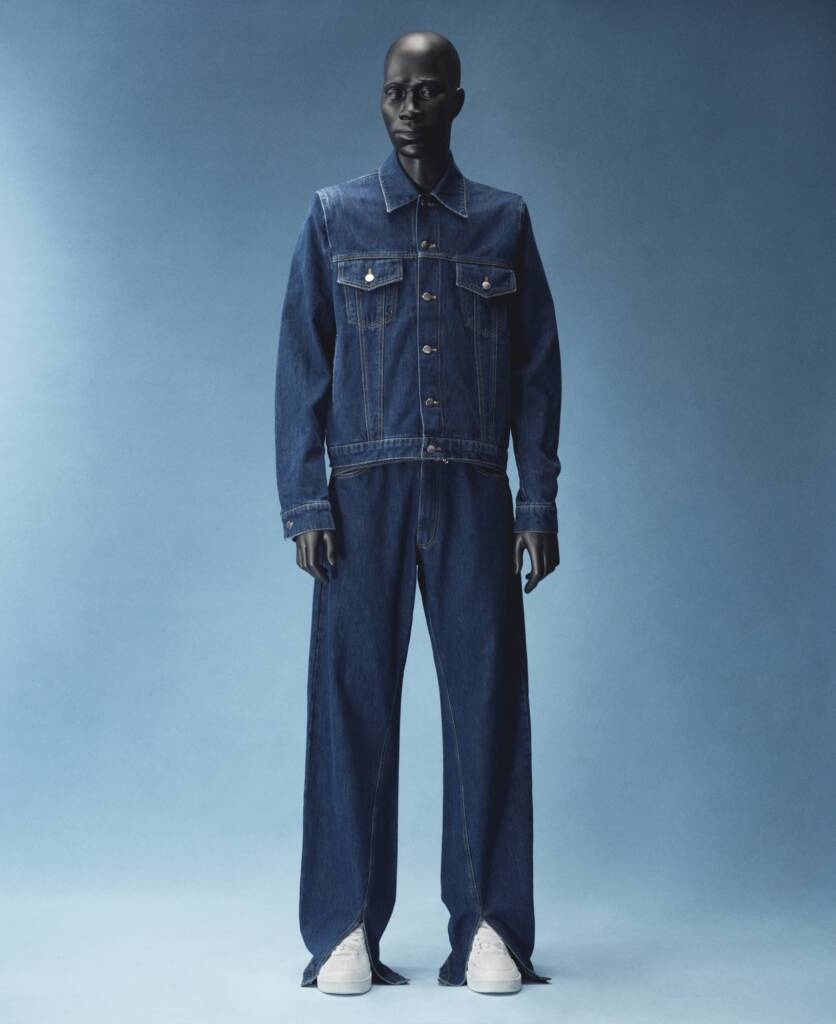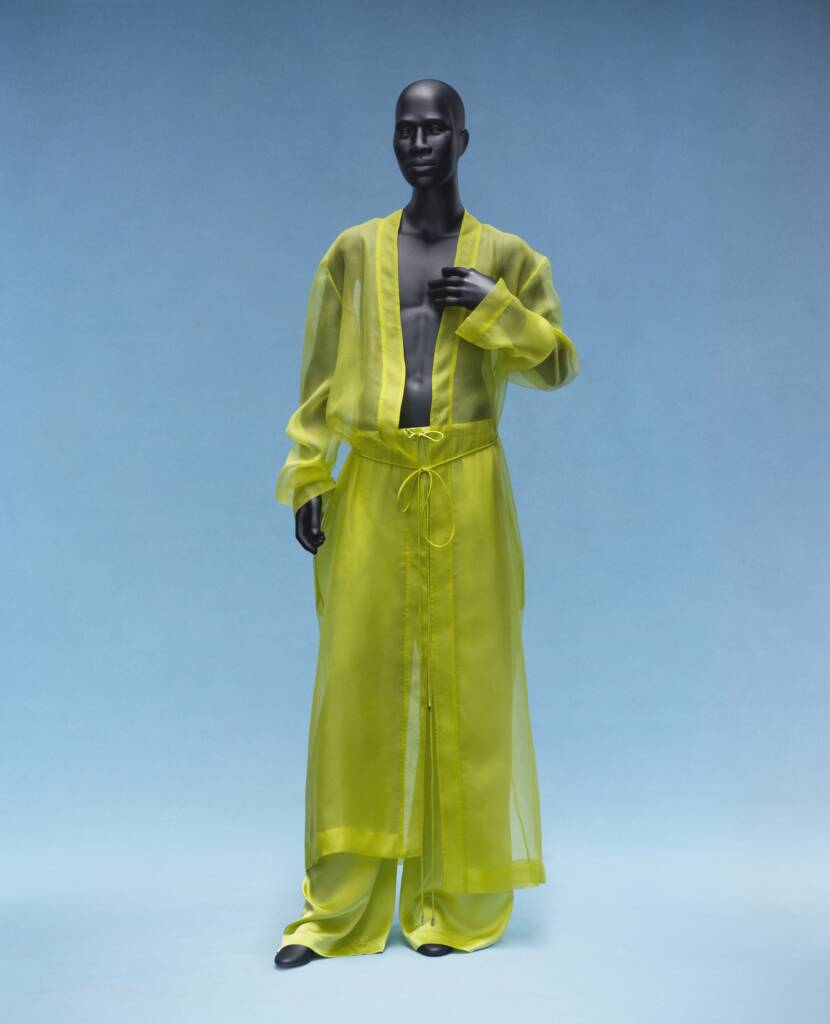
Spring/Summer 2023
Photograpby by TYLER MITCHELL
Courtesy of BIANCA SAUNDERS

Spring/Summer 2025
Photograpby by TYLER MITCHELL
Courtesy of LAQUAN SMITH
In the lead-up to The Costume Institute’s spring 2025 exhibition, Monica L. Miller invites us to look beyond the runway and into the rich tapestry of Black style. Her exhibition, Superfine: Tailoring Black Style, is more than a collection of garments – it’s a journey through history, culture, and the art of self-fashioning. In this intimate conversation for Hube, Monica shares how centuries-old traditions inform modern aesthetics and challenge us to rethink the narratives that shape our identity. Her insights reveal the power of tailoring as both craft and cultural expression, setting a bold tone for one of fashion’s most anticipated events.
The 2025 Met Gala, taking place on May 5th, has declared its dress code as Tailored for You, a nod to the exhibition’s focus on suiting and menswear. The event will be co-chaired by Colman Domingo, Lewis Hamilton, A$AP Rocky, Pharrell Williams, and Anna Wintour, with LeBron James serving as honorary chair.
hube: Superfine: Tailoring Black Style challenges the notion of fashion as mere aesthetics, presenting it as a powerful narrative device. How do you provoke audiences to confront their preconceived notions of Black style, and what reactions are you hoping to elicit from viewers who may see it as a mere commodity?
Monica L. Miller: I’ve been mulling over these questions for a while. When you talk about ‘preconceived notions’ of Black style, I find myself asking – what exactly are those notions? I might be too inside of it, but one thing is undeniable: Black style is incredibly influential in the fashion world. Over the past 20 or 30 years – especially since the advent of hip-hop and street style – these ideas have not only been positive but have driven the industry itself.
That said, I also wonder about the wider, sometimes less visible assumptions people hold. To address this diversity of opinion, our exhibition grounds the investigation of dandyism and Black style in a long historical arc. We start with objects as early as the 17th century and move through the early 18th century into our modern world – a world shaped by the slave trade, imperialism, colonisation, and industrialisation. In doing so, we invite viewers to have their notions about Black style, Black fashion, and Black dress cultures reframed within a deep historical context. I hope that by doing this, people learn things they never knew and see their intuitive ideas reflected in the actual stories of people and circumstances throughout history.
h: In curating an exhibition that intertwines Black culture with fashion history, how do you navigate the tension between celebration and critique? Can fashion ever truly be liberated from the commercial forces that seek to commodify it?
MLM: I don’t think fashion can ever be completely liberated from commercial forces – it depends on the perspective you’re centring. In my work, I’m not just talking about capital-F Fashion, the system at large; I’m also looking at fashion from the standpoint of a cultural historian of dress cultures. There’s an important distinction here. In our exhibition, we use the concept of ‘rhythm and the blues’. On one hand, clothing and dress are moments of self-definition and self-fashioning that are liberatory, celebratory, and joyous. On the other, they can also be tools of power – power that can be wielded to limit, oppress, or even to violently define. Think about the clothing imposed upon the enslaved.
This duality – celebration alongside critique – is woven throughout the exhibition. We’re telling a story that is deeply historical, one that includes both moments of liberation and episodes of oppression. And yes, there’s an emotional impact to all of this. Some of these histories are incredibly hard; African-American historians even refer to some as ‘hard histories’. But alongside these difficult stories are moments of joy. The exhibition is designed not just to leave you in a state of celebration but also in a thoughtful, contemplative space where the full spectrum of Black style’s impact is acknowledged.

